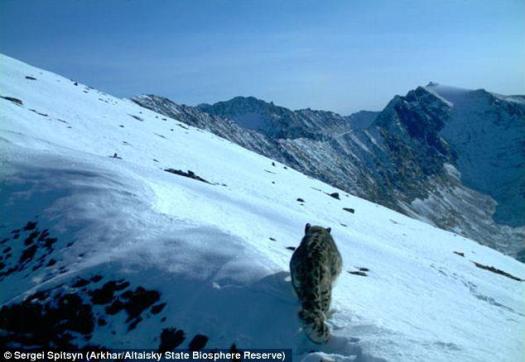Sorry again for the silence for such as long time. As you all know by now communications are difficult and when we do get back to a decent internet connection in Novosibirsk, we have so much to do for the turn-around, that it’s difficult to find the time to post the diary. But enough excuses, here’s what’s been happening since my last update:
9 August
I stayed at camp today to organise packing up the cars and the campsite, so I have split the group and sent a valley group to complete interviews, a second group ascended the valley to collect a camera trap. Local people are franticly gathering hay for their livestock before the winter sets in.
10 August
It was an early start today as we drove to Kamlak, the halfway point on the long journey back to Novosibirsk. Today has the best scenery, which takes the weight off the drive and it all ends with a famous Russian banya (sauna). The masochistic (ridge group) among us choose to lift the temperature well over 100 degrees Celsius before beating each other with birch leaves. The process is completed by a dip in an icy Siberian river then all is repeated ad infinitum. This evening we have been listening to Jenny’s presentation on the data we have recorded over the past two weeks (see http://www.slideshare.net/BiosphereExpeditions/research-results-group-4-altai-2012). It’s all very impressive! Well done Jenny and the team.
11 August
The long last stint in the car before it all ends for slot 4! We have had a great time (in all weathers). Have a safe trip back home! But for the expedition leader and scientist it starts again with the fifth and last slot.
Thank you everybody on slot 4 and welcome slot 5!
12 August
It’s the busiest day for Jenny, Oleg and I. But this time we have another member of staff to help: Kate, whom you should all know from chasing you for paperwork and sending you dossiers, instructions, etc. Together we have the usual multitude of problems to solve and tasks to complete: food shopping, welcoming the team, organising permits and running a familiarisation course with the cars. Now some dinner, sleep then tomorrow we go!
13 August
Today we drove to Kamlak. It sounds so simple, but never is! The problem this time was missing bags. It’s going to be cold at base camp, so everybody must have warm clothing. No clothes mean a very uncomfortable expedition!
As luck would have it the Russian airport authorities managed to locate one bag, which turned up this morning. Another may possibly turn up this evening? I took the decision to split groups. Jenny and I went ahead (behind schedule) to Kamlak and the famous banya (sauna). Oleg and Lucy (missing bags) will drive to Kamlak very early tomorrow morning.
14 August
For Jenny and I it was an early 70 km drive from Kamlak back along the road to Gorno Altaisk. Here we met by Oleg and Lucy (the early morning drivers) and received permits for the Altai region. Jenny, Lucy and I then attended a meeting with Mikhail who works with WWF Russia for the whole Altai region to discuss data collected from previous slots and to plan ahead for slot 5 and future collaboration. When the permits where collected from the office, we set off to pick up the team from Kamlak (only six hours behind schedule) and gave Oleg a well-needed rest from driving. Towards the end of the afternoon huge storms raged across the Altai Mountains further slowing us down due to landslides and rocks littering the road. We ended up at our dinner stop at 21:0), hungry but still in high spirits. Mercifully the 20 km off-road drive to camp was relatively dry, so we arrived at 23:30. Training day tomorrow!
15 August
Training day. As always, the first part of all things Biosphere Expeditions is the training sessions. This allows the expedition leader and scientist to teach team members the skills and practices vital to complete the expedition objectives. On the last slot the training differs slightly as the job this time is to retrieve and check all the camera traps. We still had to learn how to use a GPS and a compass. Anna (a guest scientist on this slot from the Siberian Environmental Center researching Pallas cat gave a short talk on her research and how useful we can be for her research).
Heavy rain this afternoon made the off-road driving training interesting! We also got a visit from Kampi our friendly neighbour who has moved down the valley closer to our camp due to the encroaching winter.
Today also allows the team to get to know each other and relax. We have made it!
This slideshow requires JavaScript.
Continue reading “Update from our snow leopard conservation expedition to the high mountains of the Altai Republic in Central Asia (www.biosphere-expeditions.org/altai)”













